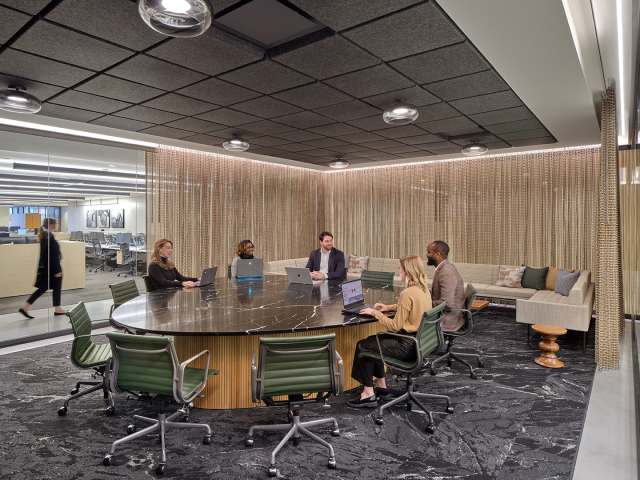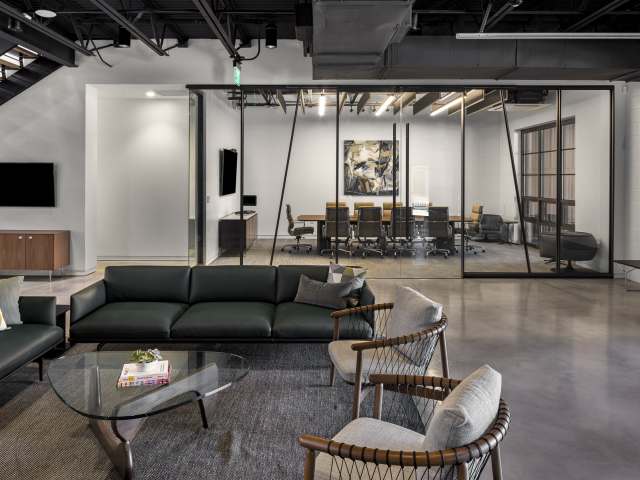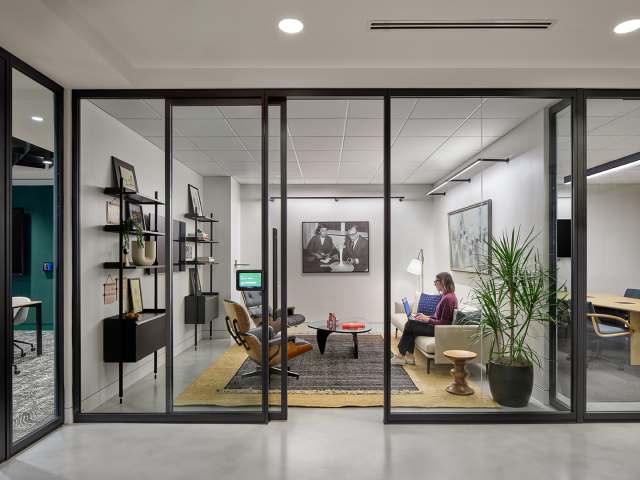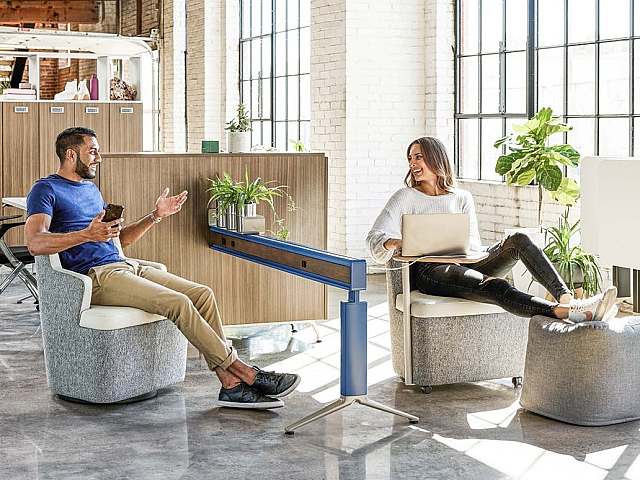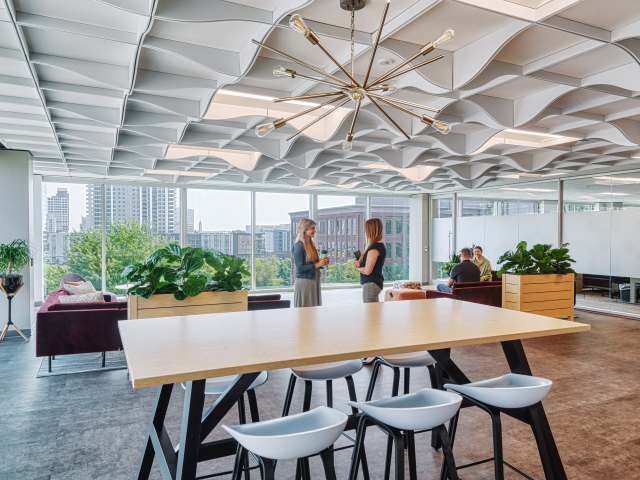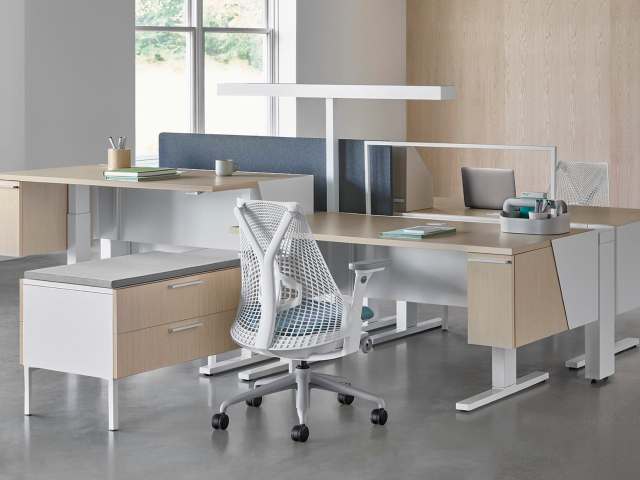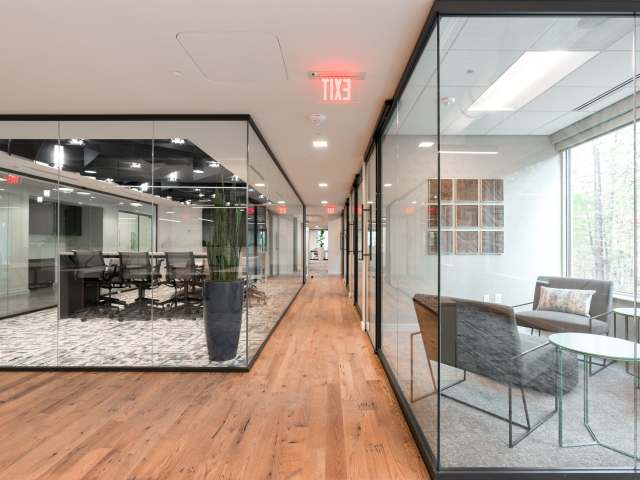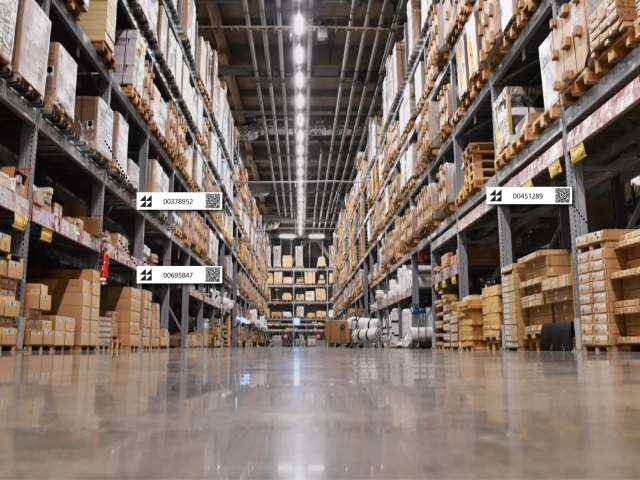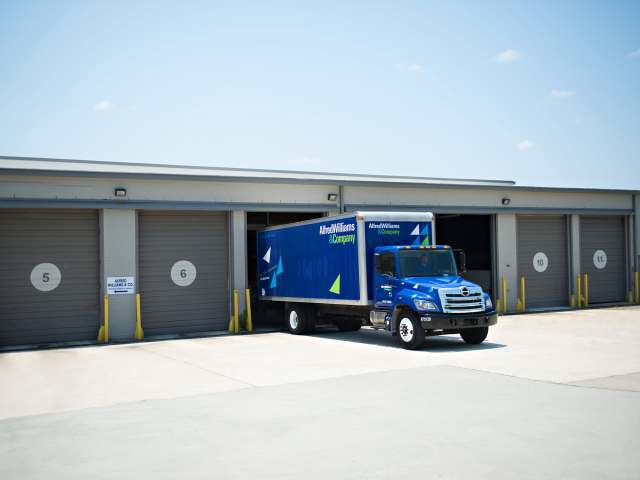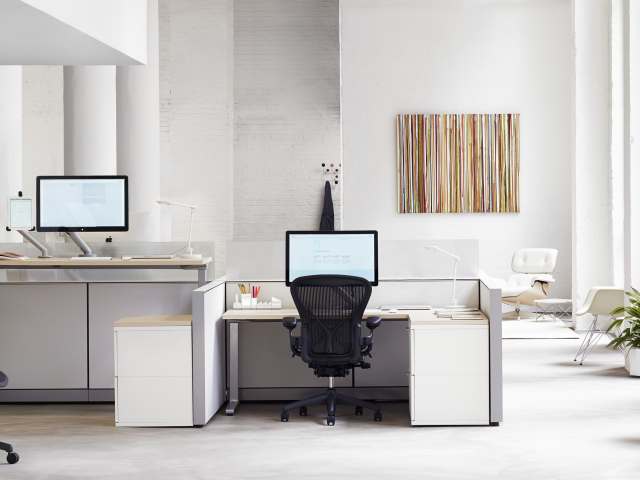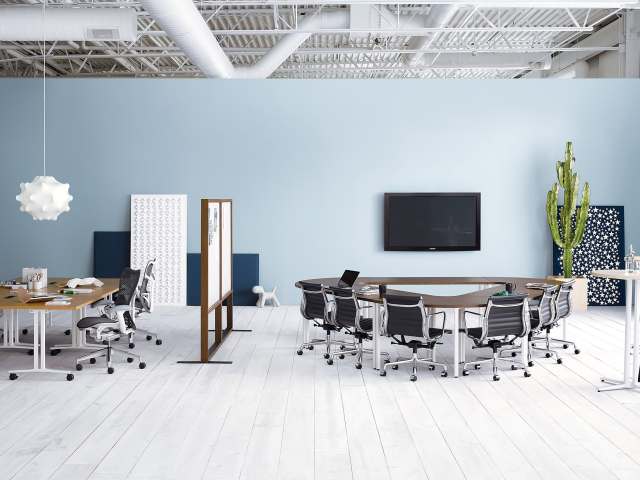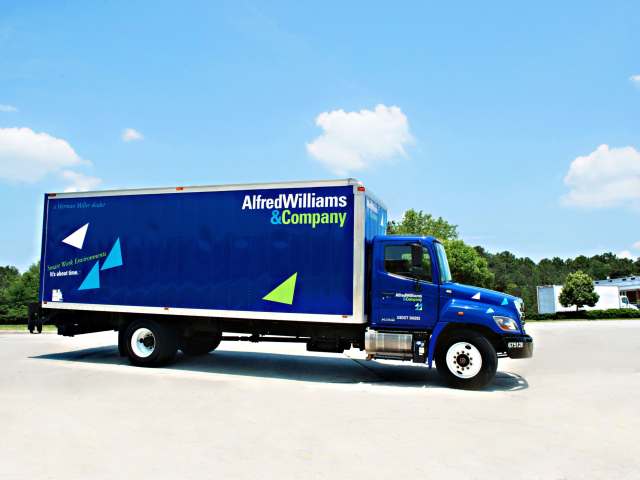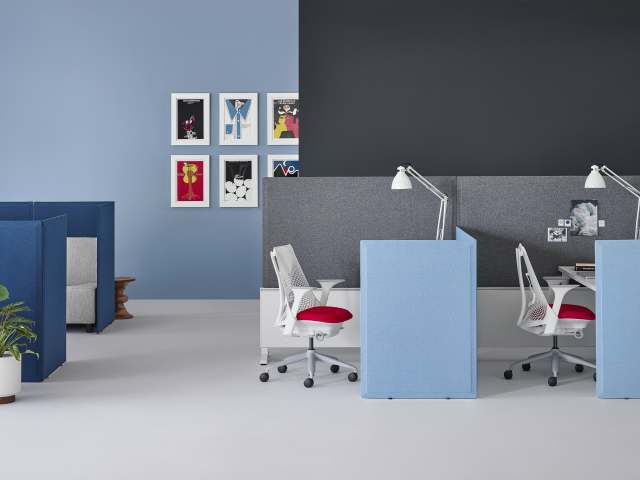Workplace Strategy: Optimizing Interior Design Through Iteration
In the ever-changing landscape of work, the concept of iterative design has become
a crucial element for organizations seeking to adapt and evolve.

Sign up to get these in your inbox each month!
From our conversation with Corrine Murray, Agate Studio, on WorkPoints, season 1, episode 3.
In the ever-changing landscape of work, the concept of iterative design has become a crucial element for organizations seeking to adapt and evolve. While crafting policies and flexible products has its challenges, transforming the physical workplace to meet the evolving needs of employees poses a unique set of considerations. In this article, we explore the intricacies of iterative design in the realm of workplace evolution.
Constant Evolution vs. Fixed Mindsets
Iterative design, often associated with a state of constant evolution, can be more challenging when applied to physical workspaces. Unlike policies, procedures, or activities, which can quickly be adapted, the built environment requires thoughtful planning and consideration. However, as work itself undergoes a continuous evolution, workplaces must be designed to respond to the dynamic needs of the people inhabiting it.
Adaptive Reuse and Flexibility
Encouraging clients to think about the adaptive reuse of workplace elements is a key aspect of iterative design. The ability to reconfigure spaces, whether through hardware adjustments or floor rearrangements, allows for flexibility without significant structural changes. This approach ensures that the workplace remains adaptable without the need for drastic renovations.

Resetting Expectations for Iteration
Understanding the pace of workplace evolution is essential for effective iteration. While policies and behaviors can change swiftly, physical spaces operate on a different time continuum. Resetting expectations around iteration frequency is crucial. While some may advocate for shorter cycles, a more realistic approach involves biannual or even annual iterations to allow employees to settle into new dynamics.
The Importance of Research and Data
Quality research requires time for employees to reach a new level of stasis and adjust to changes. The average adjustment period is around 90 days, with some individuals requiring even more time. To support this, organizations need to implement data sources such as utilization numbers, badge access, room booking data, and quick pulse surveys. These sources provide insights into evolving needs and help shape future iterations.
Co-Creation and Employee Agreements
Incorporating employees into the iteration process through co-creation is a powerful tool. Establishing employee agreements, as seen in the case of Genentech, ensures that those who choose to return to the office actively contribute to research and feedback. This not only aids in workplace evolution but also enhances the employee experience by fostering a sense of belonging and value.
Aligning with Maslow's Hierarchy of Needs
Approaching employee experience from the perspective of Maslow's hierarchy of needs ensures a solid foundation for workplace evolution. While self-actualization events like parties may have a temporary impact, addressing the fundamental needs of safety, belonging, and trust fosters sustainable and long-reaching employee satisfaction.

Building a Foundation for Conversations
Creating mechanisms that enable ongoing conversations is a critical component of iterative design. Organizations need systems in place that allow employees to voice their opinions, share insights, and contribute to the ongoing evolution of the workplace. This open dialogue establishes a foundation for collaboration and ensures that the workplace continues to align with the ever-changing needs of its occupants.
In conclusion, iterative design in the context of workplace evolution requires a delicate balance between flexibility, data-driven decision-making, and employee collaboration. By resetting expectations, implementing co-creation strategies, and aligning with fundamental human needs, organizations can navigate the challenges of workplace iteration while creating environments that support the dynamic nature of work.


